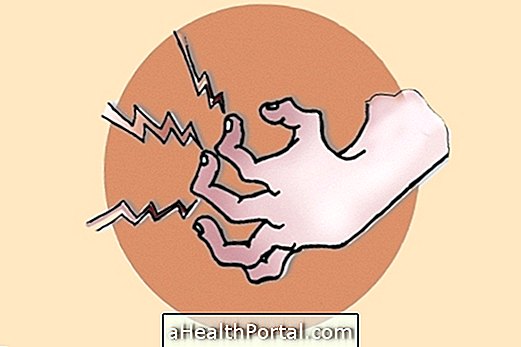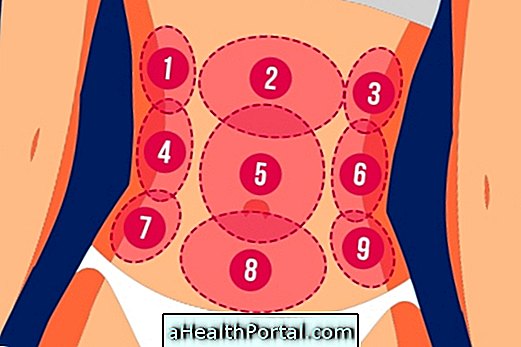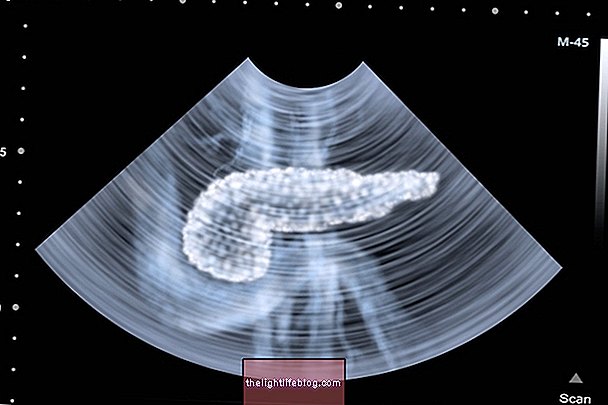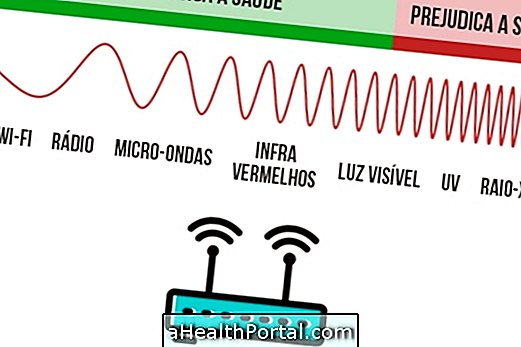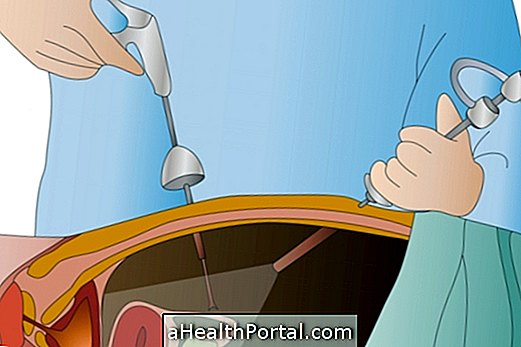Migraine is a genetic and chronic neurological disease that causes symptoms such as intense and pulsating headache, nausea, vomiting, dizziness, sensitivity to sunlight, neck pain or difficulty concentrating. Learn all about this problem in Migraines.
Your diagnosis can be made by your Neurologist who will evaluate the symptoms you feel and if necessary, ask for some tests to confirm the diagnosis. Your treatment is usually done with specific medicines, which should be taken as soon as the first symptoms appear.

Main Symptoms
The symptoms of migraine may vary from person to person, and may include:
- Severe headache lasting 3 hours and lasting for 72 hours;
- Intense and throbbing pain that strikes more on one side of the head;
- Changes in sleep and food;
- Vomiting and dizziness;
- Nausea and nausea;
- Blurred vision or spotting of light in the field of vision;
- Sensitivity to light and noise;
- Sensitivity to certain smells, such as perfumes or cigarette smell;
- Increased pain during day-to-day activities such as climbing or descending stairs, riding a car or squatting;
- Difficulties of concentration.
In addition to these symptoms, there may be some visual changes, such as bright flashes of light and image, which indicate the presence of a migraine with aura. Learn more about this type of migraine in migraine with aura.
How is the treatment done?
Migraine treatment should be indicated by a neurologist who will prescribe some medicines like Zomig, Migrétil or Enxak for pain relief and other symptoms.
To treat migraine effectively, it is very important to learn to recognize the first symptoms that normally precede the headache, such as a feeling of being ill, neck pain, light dizziness or sensitivity to light, smell or noise, so that the treatment can be started as soon as possible.
The causes that lead to the onset of migraine depend on person to person, learn more in Causes of Migraine.

